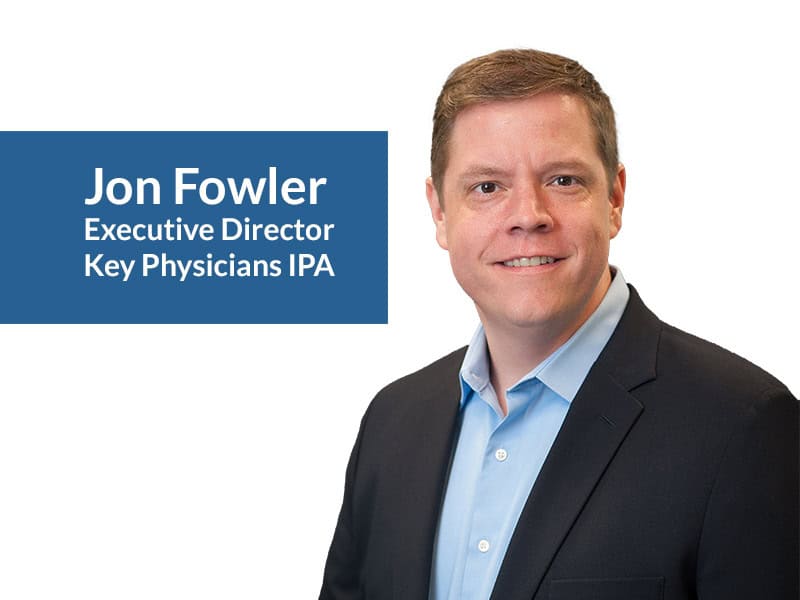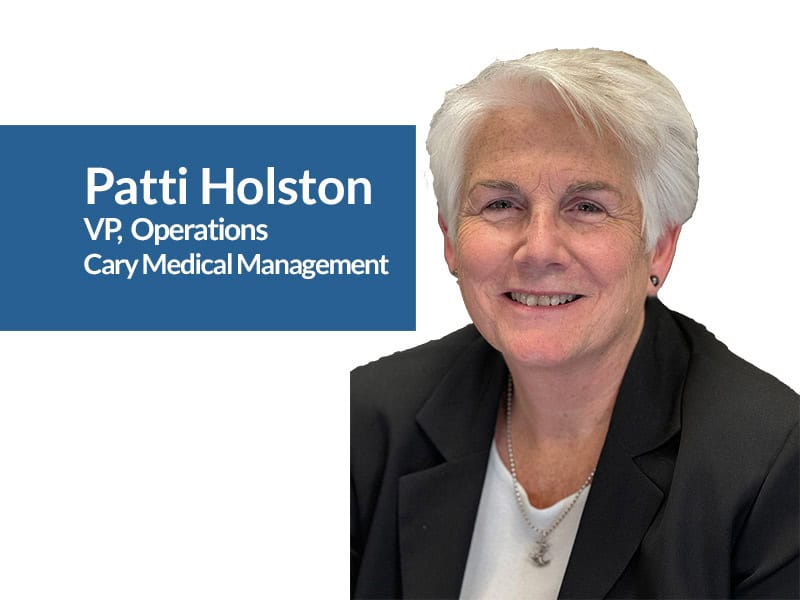Top Value-Based Care Challenges Facing Physician-Led ACOs—and How to Turn Them Around
How physician-led ACOs can overcome value-based care challenges and scale smarter under risk.

A record 480 Medicare ACOs are participating in the Shared Savings Program in 2024. This is a clear sign that value-based care is gaining traction, but the path to success is steep. While participation is growing, consistent performance remains elusive. Historically, 40–50% of ACOs fail to generate shared savings. For physician-led ACOs, value-based care challenges are real and mounting: siloed data, poor provider adoption, and clunky workflows that undermine performance under risk contracts.
This track record raises a critical question: how can organizations scale effectively and succeed under increasing financial pressure? As care delivery grows more complex and administrative demands mount, the systems and workflows in place often can’t keep up.
Success depends on providers being able to close care gaps, capture diagnoses, and hit quality benchmarks—during the visit, not weeks later. But for many ACOs, siloed data and clunky workflows are standing in the way. As 2025 unfolds under a new administration, ACO leaders must rethink how their infrastructure supports scalable, provider-friendly value-based care.
How the Policy Landscape is Shifting in 2025
Three months into the Trump administration, many ACO executives are watching policy changes closely. While the full direction of health policy is still emerging, several early themes are already influencing value-based care:
- A renewed emphasis on market-driven healthcare may bring more autonomy—but also more variability in how ACOs structure contracts and measure performance.
- There’s likely to be increased pressure to demonstrate ROI, especially for ACOs in the Medicare Shared Savings Program (MSSP), potentially leading to more rapid transitions into downside risk.
- On a positive note, administrative simplification and interoperability remain bipartisan priorities. This could benefit ACOs struggling with fragmented data and burdensome reporting.
- However, Medicaid-focused ACOs may face new challenges if state-led reforms or waivers create inconsistencies in care delivery or funding, especially for dual-eligible patients.
The key takeaway? While some ACOs may benefit from increased flexibility, others may find themselves under pressure to modernize faster. Having scalable, real-time infrastructure in place will be essential for adapting to whatever comes next.
From Workflow Friction to Risk Exposure: 3 Value-Based Care Challenges for Physician-Led ACOs
As the policy environment evolves, the underlying value-based care challenges facing physician-led ACOs remain stubbornly familiar—and increasingly urgent. Regardless of where federal regulations land, the fundamentals of value-based care success haven’t changed: consistent provider engagement, accurate documentation, real-time data, and scalable workflows. Unfortunately, many ACOs are still grappling with foundational issues that make it difficult to perform under existing contracts, let alone expand into new ones or take on more risk.
From conversations with leaders across HIEs, large primary care groups, MSOs, and technology partners, three challenges continue to rise to the top:
1. Provider Buy-In Is Low—Because the Workflow Doesn’t Work
Even the best value-based care strategies can fall flat if providers aren’t engaged. When quality programs feel like extra work, or when care gap alerts live in a portal instead of the EHR, adoption plummets.
To truly drive results, value-based initiatives must feel like part of the clinical workflow—not an added burden. That means delivering diagnosis and care gap data directly into the EHR, at the point of care, without disrupting the visit.
From my perspective, you can’t go from a fee-for-service workflow, and then layer on value-based care workflows and expect it to work for the long-haul. This approach will only get you ‘so far’ in value-based care. The key is to figure out how to avoid layer workflows. When you layer things on for providers, it becomes more clicks, it becomes more systems, it becomes more things to look at. Layers aren’t what we want. We want a seamless workflow that is promoting outcomes, that’s looking at preventative things. The key to achieving this is to take a step back, recognize where fee-for-service and value-based care overlap, which is really within the initial visit, and enhance your technology to support value-based care.
2. Data Fragmentation Impacts Quality and Risk Performance
Many ACOs are leaving shared savings on the table—either because they don’t know where the gaps are – or – they know where they are, but can’t act on them in time. Diagnosis codes are missed. Preventive screenings go uncaptured. And risk scores fail to reflect the true complexity of the patient population.
A major reason? Providers are stuck in a cycle the Smartlink team calls “death by portals.” With data spread across payer dashboards, spreadsheets, and third-party portals, administrative teams at the clinic simply don’t have the time to log in, extract the right information, and get it in front of the providers before the patient visit. And after the encounter, they’re often expected to reverse the process—re-entering EHR data back into portals for reporting. It’s duplicative, error-prone, and unsustainable.
Without a workflow that surfaces diagnosis and care gap data directly in the EHR—at the point of care—those insights go unused. Retrospective reports can show you what was missed, but by then, it’s too late to capture the value.
3. Scaling Across Contracts and Practices Is a Heavy Lift
As physician-led ACOs expand—whether by affiliating with new practices, signing additional payer contracts, or taking on downside risk—the operational complexity grows exponentially. What worked for a smaller, upside-only model quickly falls apart when applied to a larger, more diverse network.
The challenge isn’t just about volume—it’s about standardization at scale. Each new practice might use a different EHR. Each contract might have its own quality measures, coding rules, and reporting timelines. And every payer likely has its own portal, spreadsheet, or dashboard to manage those contracts. The result? A tangled mess of systems, workflows, and data silos that make it nearly impossible to execute consistently across the network.
This is where “death by portals” strikes hardest. With every new contract or clinic comes another login, another system, and another disconnected source of truth. Clinical and administrative teams are left navigating various different portals just to extract the insights they need—or to fulfill reporting requirements after the fact. It’s a cycle that’s not only unsustainable—it’s a major barrier to growth.
Turning Pressure Into Progress
Physician-led ACOs have the clinical insight, commitment, and proximity to patients to lead in value-based care. But without the right infrastructure, even the best strategies struggle to gain traction. As the Trump administration signals a shift toward market-driven models and greater financial accountability, ACOs will face mounting pressure to prove performance—especially as more organizations move into downside risk.
While some regulatory changes may bring welcome flexibility, they’ll also raise the stakes. In this environment, scalable, physician-friendly technology is no longer optional—it’s essential.
Success now hinges on removing friction at the point of care, breaking down data silos, and building a single, actionable workflow that enables providers to close gaps during the visit—not after the fact.
By aligning real-time insights with provider workflows, ACOs can reduce administrative burden, strengthen provider engagement, and improve risk and quality performance—positioning themselves not just to survive in this new era, but to thrive in it with value-based financial success.
Looking to simplify and scale your ACO’s value-based care strategy? I highly recommend contacting the Smartlink Health team. Email info@smartlinkhealth.com today, and schedule a discovery call. If you’d like to speak to me directly, send me a message via LinkedIn. I’d love to connect.



